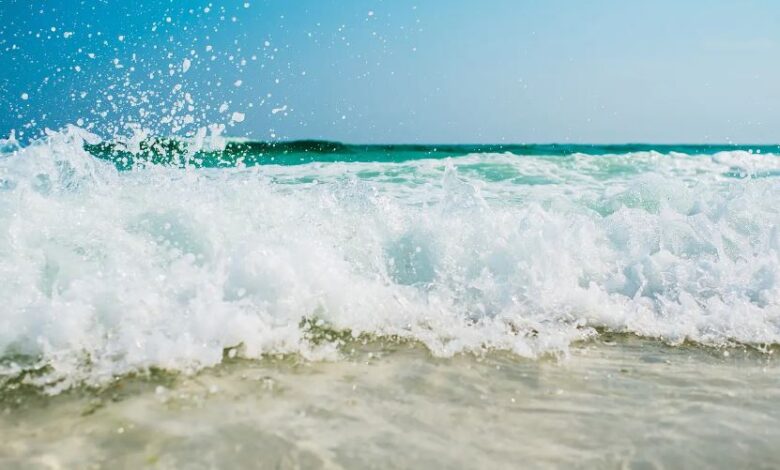Water supply: the supply of fresh water from ocean water vapor

A supply of fresh water could be made from the enormous quantities of water vapor suspended over the oceans: this is the visionary suggestion of a group of scientists from the Prairie Research Institute Praveen Kumar of the University of Illinois Urbana-Champaign, who suggested the existence of an almost unlimited and completely untapped reserve right before our eyes.
The study, supported by the civil and environmental engineering department of the University of Illinois Urbana-Champaign and the National Science Foundation and published in Nature Scientific Reports, hopes that policy-makers will choose to invest in new infrastructure to collect this water vapour so as to exploit it as a reservoir of fresh water in different areas of the world.
Almost unlimited fresh water from ocean steam collection
The idea of collecting untapped fresh water from alternative sources to traditional ones is not new, there are already techniques such as the recycling of wastewater, cloud seeding or desalination that have limited effectiveness.
The research, led by Professor of Civil and Environmental Engineering and Executive Director of the Prairie Research Institute Praveen Kumar, suggested 14 areas of the world subject to water stress and verified the applicability of facilities for capturing water vapour to condense it in fresh water, with the hope that this could be a solution to the impacts of climate change: “In the end, we will have to find a way to increase the supply of fresh water recycling from existing sources, although essential, will not be enough to meet human needs. We think our proposed new method can do it on a large scale,” Kumar said.
READ ALSO Ocean Energy: flexWEC generators create snakes and elastic walls
The study proposes investment in offshore structures 100 meters high and 210 meters wide, able to capture moisture from ocean surfaces. The water yield hypothesized by this method of freshwater collection could quench the thirst of large population centers of subtropics.
“The current regions suffering from water scarcity will probably be even drier in the future, exacerbating the problem,” explained Professor of Atmospheric Sciences Francina Dominguez, “And unfortunately, people continue to move in areas with limited amount of water, such as the southwestern United States”. Future projections confirm the effectiveness of the proposed technology: “Climate projections show that the flow of ocean steam will increase over time, providing even more fresh water,” said researcher Afeefa Rahman “Therefore, the idea we are proposing will also be feasible with climate change”.
Why didn’t anyone think of that before?
What most convinces of this method of freshwater collection is that it perfectly mimics the rhythms and cycle of nature, with the only difference that the water vapor collected on the ocean is not left free but driven in its own path: “When Praveen approached me with this idea, we both wondered why no one had thought of it before because it seemed such an obvious solution. But it hasn’t been done before, and I think it’s because researchers are so focused on terrestrial solutions – but our study shows that other options actually exist.”
The hope of the team proposing the study is that this paves the way for massive infrastructure investments to build ad hoc structures.





